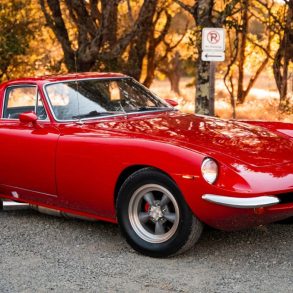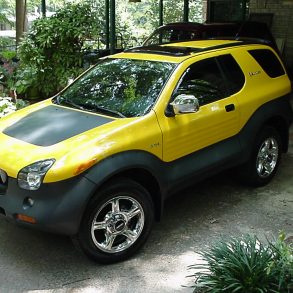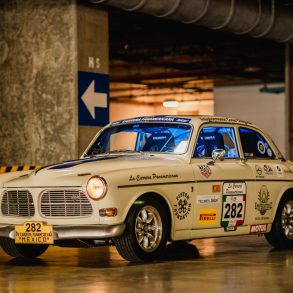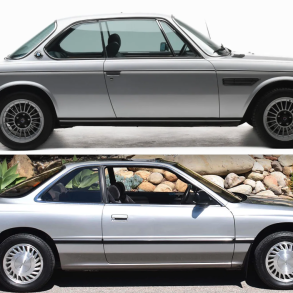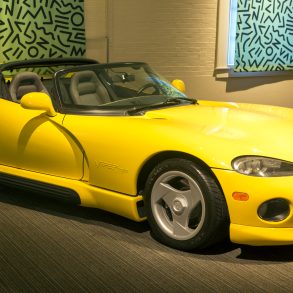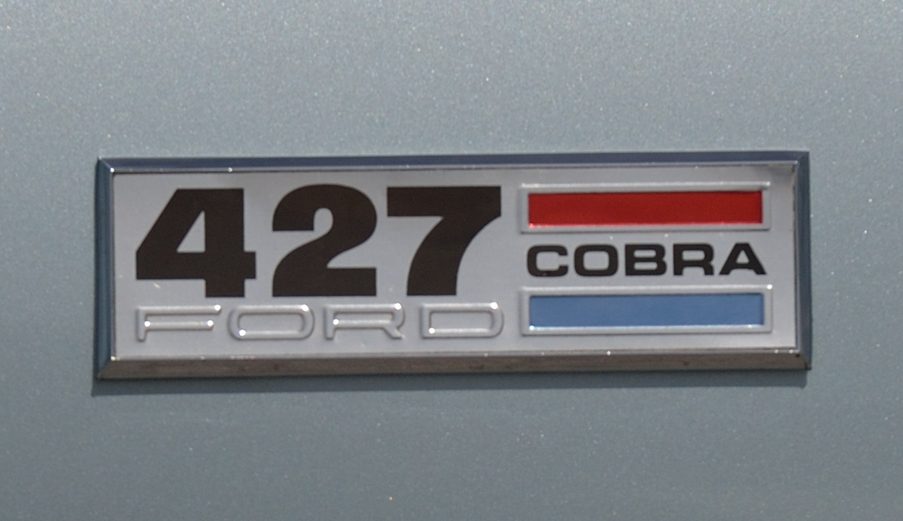
Shel leaned in and said “Hell, no one was really thinking back then. It was all seat of the pants, run-what-you-brung, and go BIG. If we thought too much about it, it would have never been done.”

No other American icon of performance rises to the level of the 427 Shelby Cobra. And while the 289 Cobra introduced America to performance chili, the 427 added two heaping spoonful’s of pepper to the bowl. Since its release, the Cobra mystique has stung enthusiasts with its chest-thumping venom, wickedly fluid design, and a healthy dash of Shelby bravado. Years after the release of the original, modern iterations and replicas came along, but through the years, the aluminum-bodied, big block 427 Cobra still reigns as the ultimate expression of American sports cars.

In 1961, when Carroll Shelby and AC motors launched the Cobra, it became an immediate success. From the get-go, everybody loved the upstart. Like Shelby himself, the unapologetic, brash 289 Cobra delivered eye watering 0-60 4.9 second times with a powerplant that offered the rare combination of performance and durability. Cobras racked up hundreds of race victories making legends of Ken Miles, Pete Brock, and Phil Remington, as much as Shelby himself.
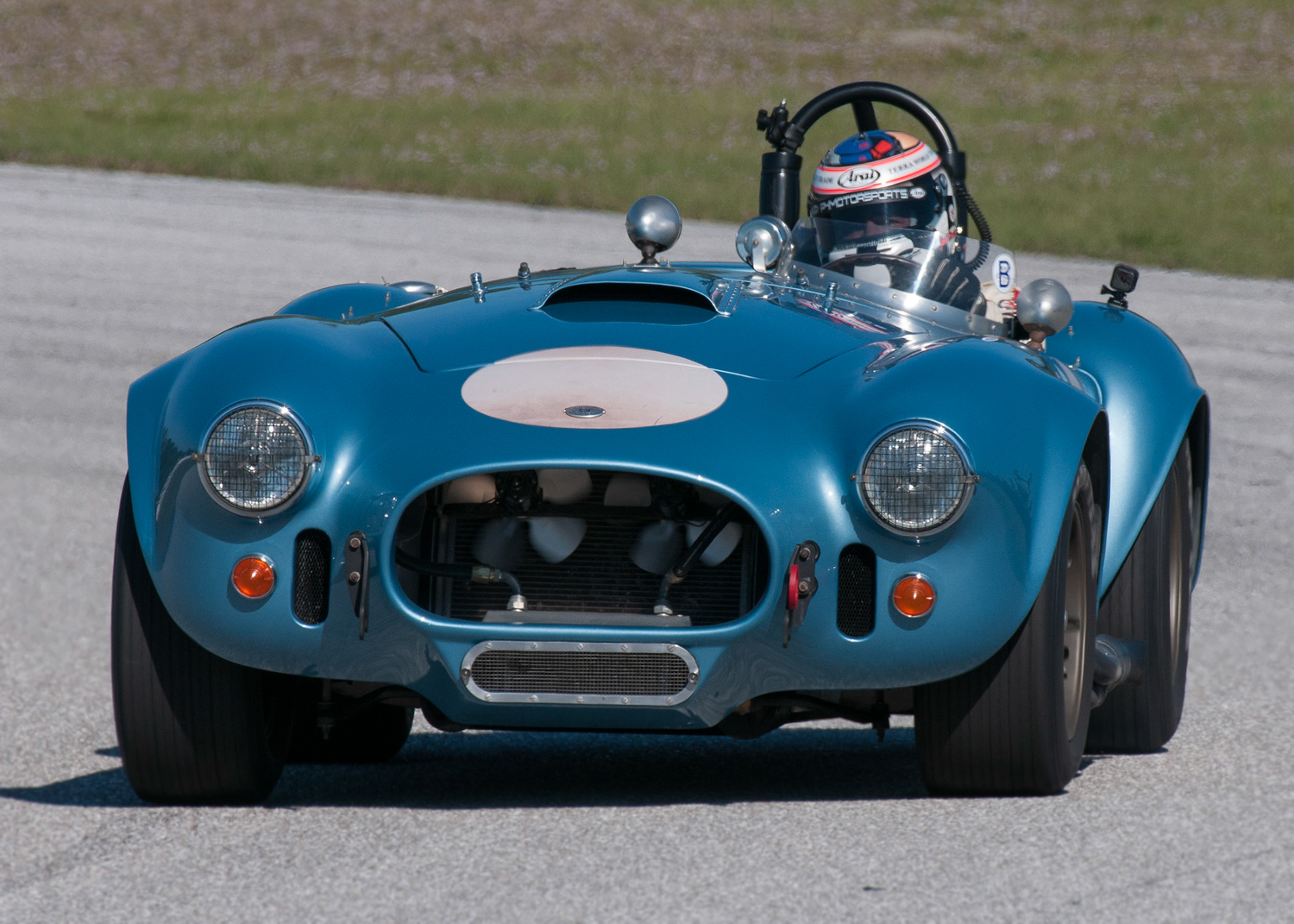
The 289 was dominant and widely regarded not just in the U.S. but throughout Europe and the UK. But in the U.S., it was something of a marvel, appearing in movies, songs, and popular culture. And while people had seen small block engines in lightweight roadsters, no one expected to find an audacious 427 V8 under the hood of such a lightweight sports car. Not merely a 289 with a larger motor, the 427 Cobra was a fully developed and specialized monster, specifically honed to seriously scare even the most seasoned drivers. The monstrous 427 featured a large diameter handmade steel frame, wrapped in a hand-formed aluminum body, with muscular fenders, luridly swollen to make room for impossibly wide tires. The stance, power, and brutish delivery were jaw-dropping in every category including the infamous 0-100-0 jaunt recorded at 14 seconds. No car dared to approach the Cobra. It was all at once the most powerful challenger, and yet, just as quickly as the legend came to be, production ceased. Most likely the move to mid-engine, the focus on the GT40 program, and the growth of the very profitable Mustang branded offerings pushed Shelby American into other directions. As Shelby would do in the decades to come, he quickly pivoted to new ventures ever the agile marketeer, just like his car, quietly spooling up power, waiting to make the next strike.

The 427 Cobra is one of the hardest cars to see in a fresh context. Because it occupies such an iconic place in the history of sports cars, the visual impact is beyond mere presence. For starters, the surfacing is both complex and wickedly ripped. Every aspect of the car is inflated with power and muscularity from the front fender line snaking rearward to the inflated rear fenders, widened to the limit of rounded alloy, and then crisply refined with a bladed edge encircling the opening. The front wheel flare is so prominent that it almost exceeds the visual dimension of the entire front fender. And yet, the balance of the form and the fender itself is in perfect harmony. The massive front presence is impossibly low to the ground, further enhanced by the giant gaping mouth grille, which leans eagerly forward reaching out to consume its prey.

Although the front of the car appears massive, the cross section is rather small and the frontal area effective for cutting through the wind. Because the Cobra uniquely combines rotund surface undulations with sinewy drapery falling down from the tallest point on the car (the cowl), the Cobra never appears lumpy or overweight. And because the engine sits so far back into the cowl (Cobras are technically mid-engine, front bias designs) the height of the engine is cleverly masked in the crown of the cowl and curvature of the windscreen. Competition or Semi-Competition cars adorned with side pipes and hood scoops offer a bit of added competition flare to the design, but the pure street Cobra with underside exhaust and no hood scoop best conveys the simplicity and daring presence of these cars.

The view from the rear, what nearly everyone sees when encountering a 427 Cobra on the street, is surprisingly short, even though it has quite a bit of rear overhang. The driver is nearly sitting on top of the rear axle, which amplifies the short wheelbase, low profile, and unusually scaled length to width ratio. Short, wide, and stout, the 427 Cobra roadster was built for speed, however sustained high speeds on long courses were not possible as stability for the open cockpit called for a stable trailing roofline…enter the Cobra Daytona. A subject for another time.
Built with the desire to create the ultimate performance machine at the absolute edge of power to weight management, the 427 Cobra answered the question that few thought to ask. At a time when sports car performance was arguably at the peak of intensity, daring, and excess, the 427 Cobra delivered on all counts and continues to do so more than 60 years since inception.






